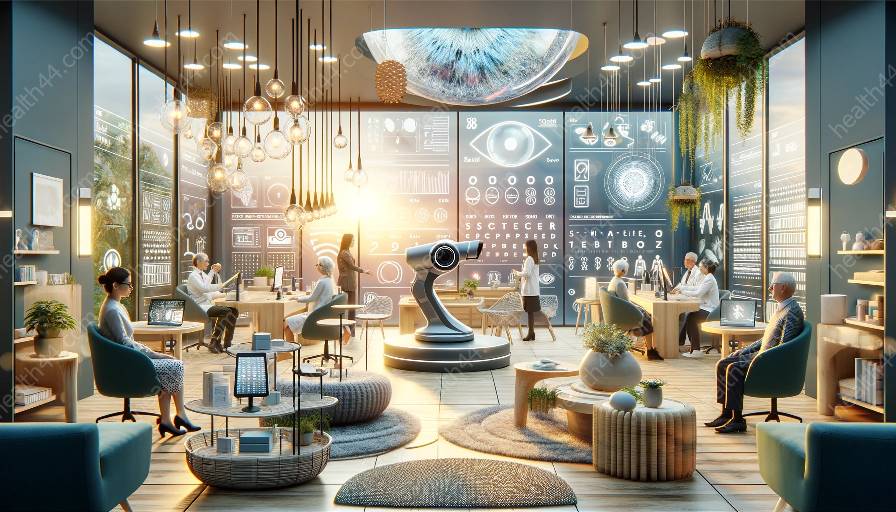In the world of assistive technology, partnerships between technology companies and vision care professionals play a pivotal role in driving innovation, creating accessible solutions, and empowering individuals with visual impairments. This topic cluster will explore the significance of these partnerships, the impact on advancing assistive technology, and the benefits for vision rehabilitation.
Understanding Assistive Technology
Assistive technology refers to any device or system that allows individuals with disabilities to perform tasks that might otherwise be difficult or impossible. In the context of vision impairment, assistive technology encompasses a wide range of tools, from screen readers and magnification software to wearable devices and navigation aids. These technologies aim to bridge the gap between individuals with visual impairments and the environment, enabling greater independence and participation in daily activities.
The Role of Technology Companies
Technology companies are at the forefront of developing and producing assistive technologies for individuals with visual impairments. Their expertise in hardware, software, and user interface design enables them to create innovative solutions tailored to the unique needs of this user group. By collaborating with vision care professionals, technology companies gain valuable insights into the challenges faced by individuals with visual impairments, allowing them to develop more effective and user-friendly assistive devices.
Impact of Partnerships
The partnerships between technology companies and vision care professionals have a profound impact on the advancement of assistive technology. By working together, these stakeholders can identify unmet needs, conduct user-centered research, and co-create solutions that address the specific challenges faced by individuals with visual impairments. This collaborative approach leads to the development of cutting-edge assistive technologies that are more intuitive, reliable, and tailored to the diverse needs of users.
Benefits for Vision Rehabilitation
Partnerships between technology companies and vision care professionals not only drive innovation in assistive technology but also have significant benefits for vision rehabilitation. Through these collaborations, professionals in the vision care field gain access to state-of-the-art assistive devices, software, and resources that enhance their ability to assess, train, and support individuals with visual impairments. This enables vision care professionals to offer more comprehensive and effective rehabilitation services, empowering their patients to achieve greater independence and quality of life.
Conclusion
Partnerships between technology companies and vision care professionals are instrumental in advancing assistive technology and vision rehabilitation. By combining their expertise and resources, these stakeholders can create impactful solutions that improve the lives of individuals with visual impairments. The ongoing collaboration and synergy between technology companies and vision care professionals will continue to drive innovation and accessibility in the field of assistive technology, ultimately leading to greater inclusion and empowerment for individuals with visual impairments.





















